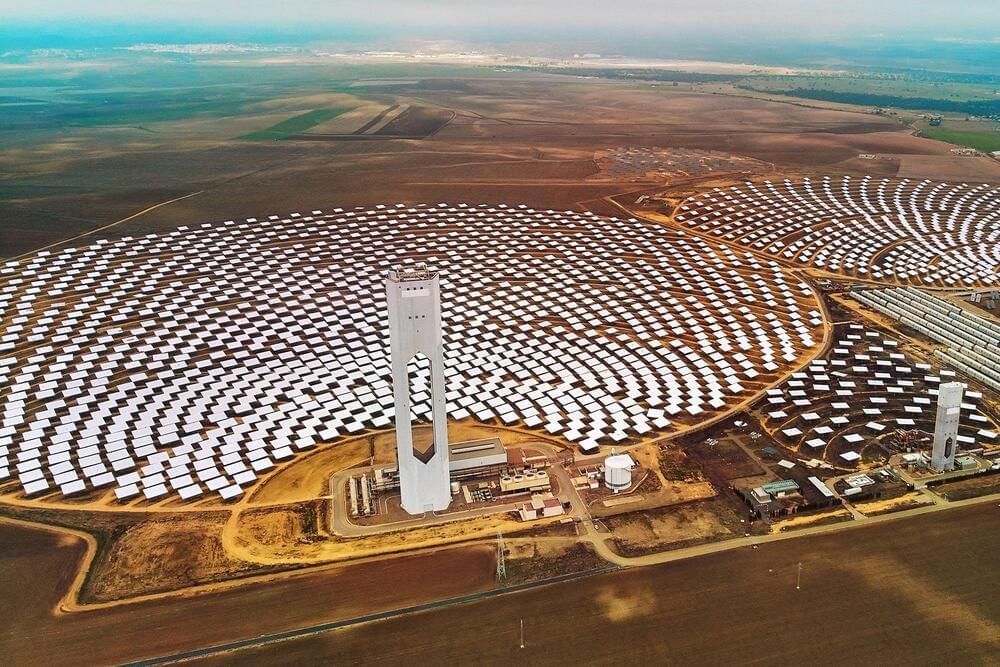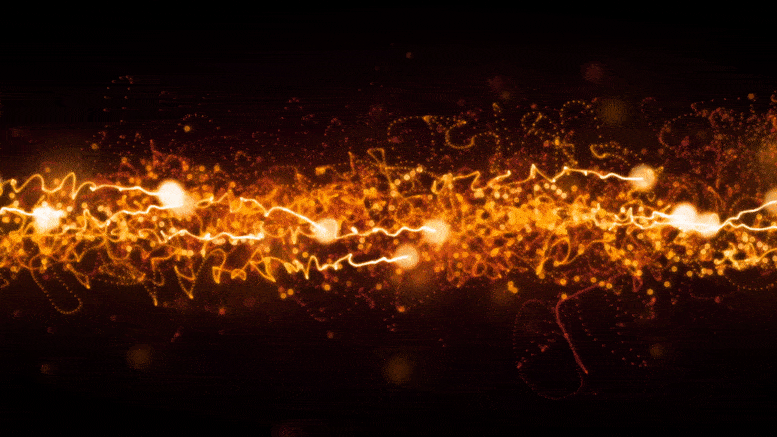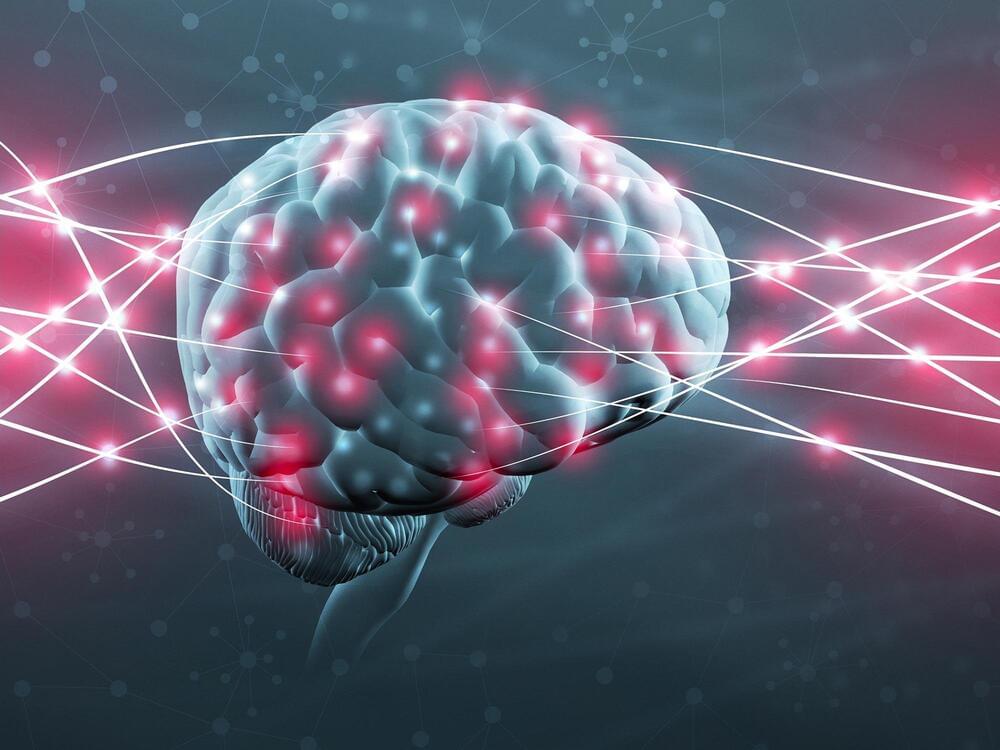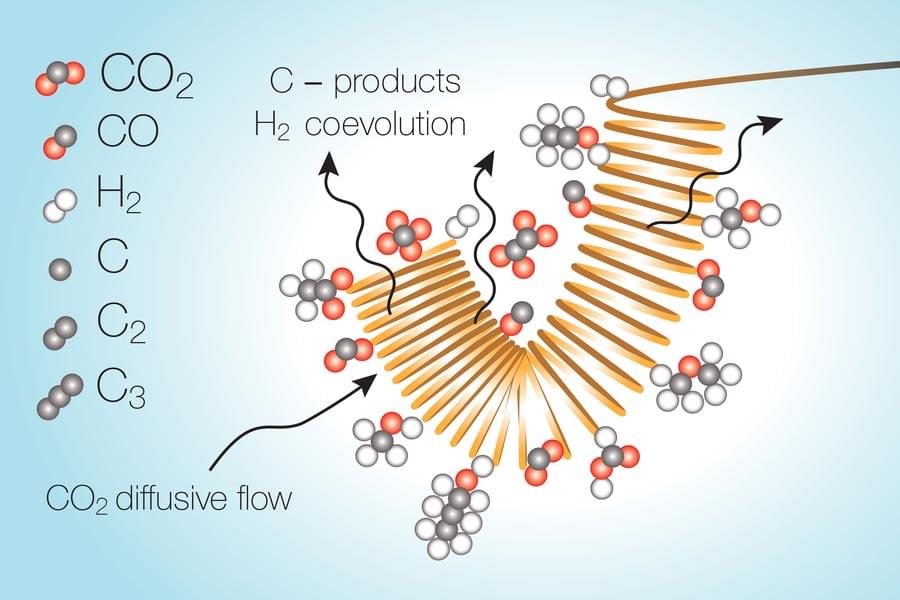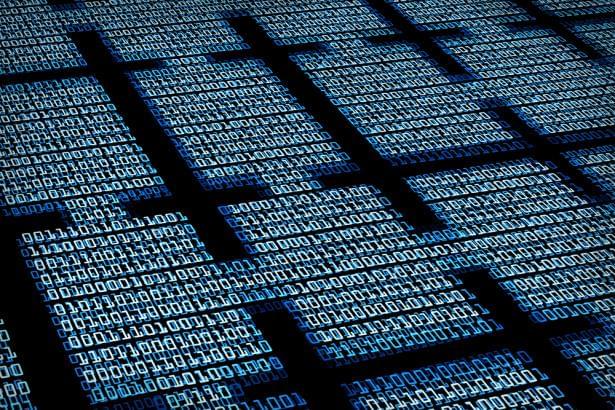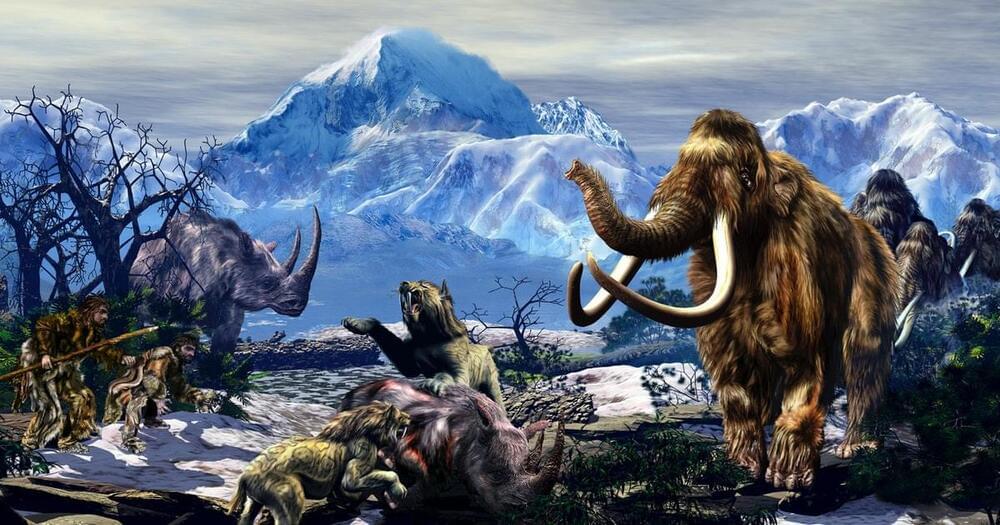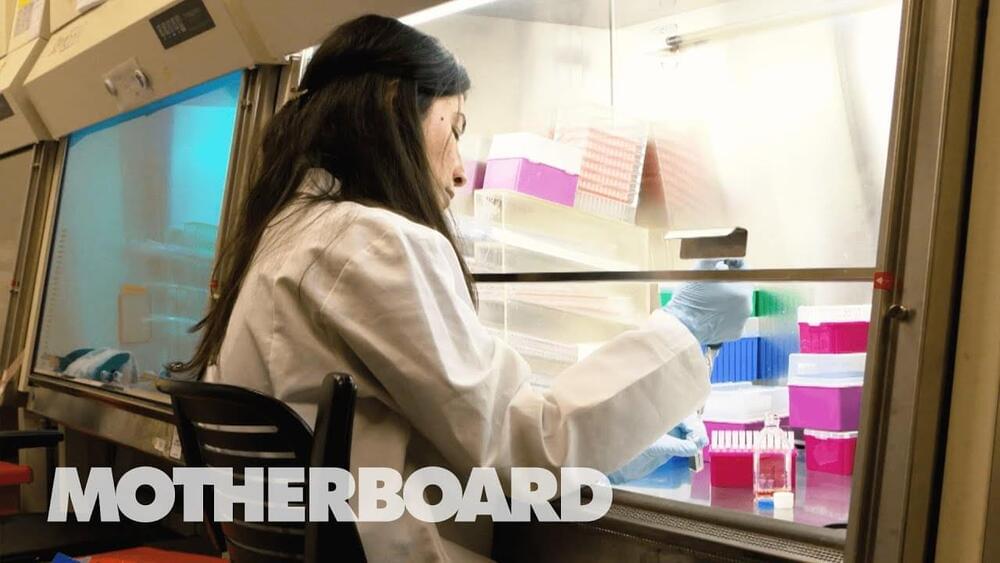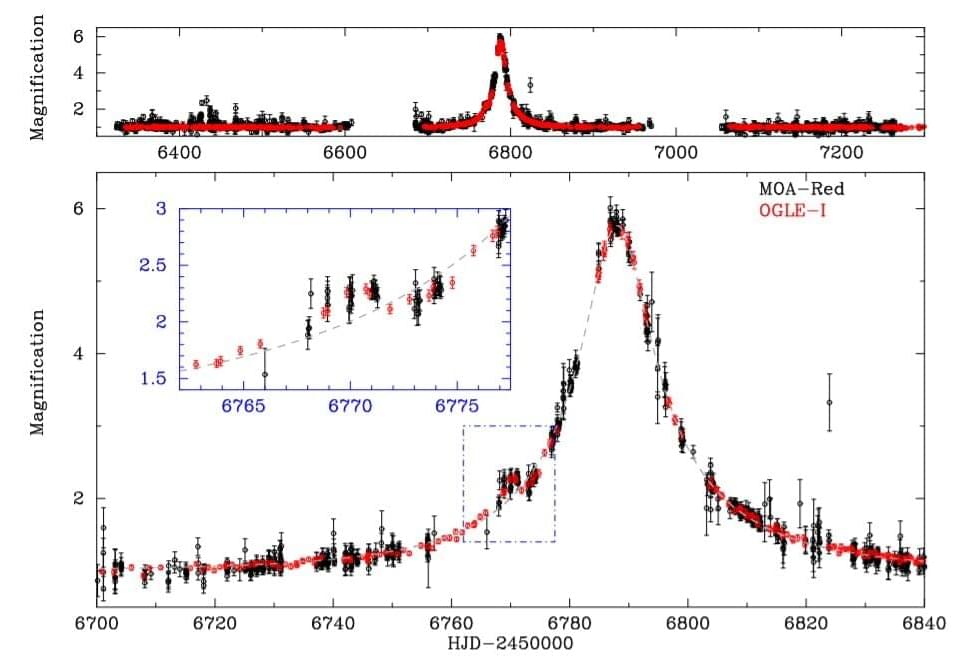Southwest Research Institute worked with government and commercial collaborators to successfully develop and demonstrate full-scale turbomachinery for one of the world’s first supercritical carbon dioxide (sCO2) power systems for a concentrated solar power (CSP) plant. The technology combines sCO2 power cycles with integrated thermal energy storage.
The project was supported by the U.S. Department of Energy’s APOLLO program, which was created to improve performance and reduced the cost of electricity from CSP plants. The 10MW sCO2 turbomachinery has successfully completed performance and endurance tests in a closed-loop environment.
SCO2 is carbon dioxide held above a critical temperature and pressure, which causes it to act like a gas while having the density of a liquid. It’s also nontoxic and nonflammable, having been used in dry cleaning processes, low-GHG refrigeration systems, as well as to decaffeinate coffee.
